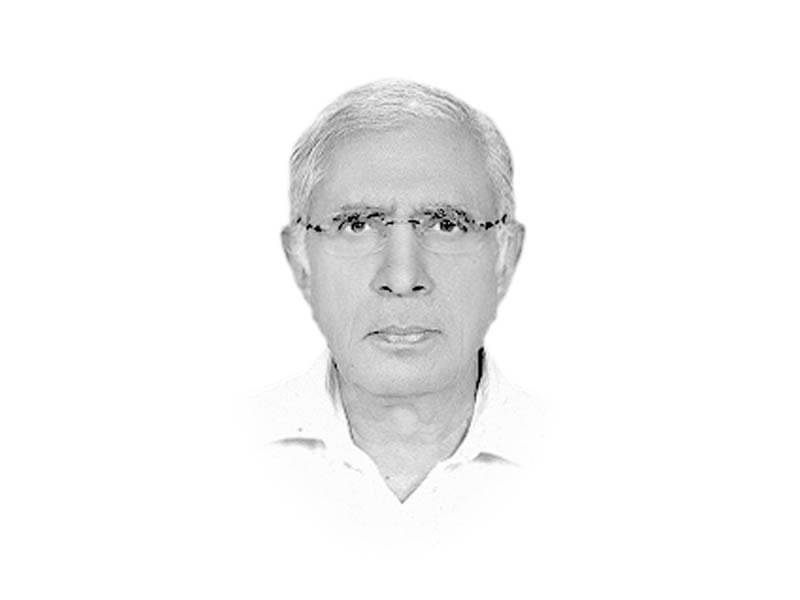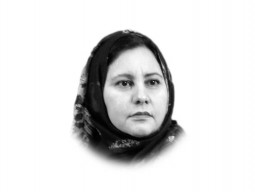
But surprisingly the media in Pakistan had functioned at least for the first 30 years of the last four decades as if it was working in a zone of complete peace. It was shocked out of its slumber of denial in mid-2000, as media persons started getting seriously hurt or died in terror attacks and related incidents. They had no clue on how to cope with the situation. Neither did they have the tools nor the skills to meet the challenges of terror coverage.
Recognising the seriousness of the situation the world over, Unesco has produced a new handbook, Terrorism and the Media, designed to help journalists navigate these intricacies. The primer, according to a ‘brief’ mentioned in the Ethical Journalism Bulletin (April 10, 2017), states that terrorism and the fight against it “have become major elements of domestic and international politics, with the media firmly on the front lines, especially when attacks target civilian populations.”
This booklet is not just for those who specialise in national security. In today’s world, any journalist can be thrust into reporting a terrorist act, especially in countries, such as Pakistan where terrorism has become almost endemic.
Case in point: Christopher Hope, the London Daily Telegraph’s chief political correspondent, was in the Parliament press gallery on the afternoon of March 22nd when “a big bang” drew his attention. He glanced out a window and began tweeting: “Shots fired outside Parliament. Loud explosion then shooting. Man lying, shot outside gates to Parliament…Armed police now arriving.” Hope’s eyewitness account swept cyberspace.
The Unesco manual provides tips, resources and researches suitable for veterans, such as Hope, and media newcomers. The author, Belgian journalist and university professor Jean-Paul Marthoz, uses case studies and history to examine media coverage of terrorism.
The first chapter explores the different forms of terrorism and provides a list of terrorist organisations. It deals with questions such as: How thoroughly do news organisations cover cyber, gangster and narco-terrorism? How do journalists avoid clichés or stereotypes when reporting on terror groups? When is it appropriate to use the labels terrorist, jihadist or combatants?
Chapter five takes readers into uncharted territory: How to interact with terrorist groups, including visiting areas they control, interviewing them face to face, reporting on ongoing investigations and covering trials of those charged with crimes.
How do news editors decide whether to pursue or publish interviews with terrorists? The handbook lists basic rules. Chapter six explores safety issues and increasing risks journalists face from executions, kidnappings and hacking of their cellphones and laptops.
In the foreword, Frank La Rue, Unesco’s assistant director general for communication and information, describes what media should and should not do in the wake of a terrorist event. 1) [Media] must keep a global perspective 2) They must avoid speculation and finger-pointing in the immediate confusion following an attack 3) They must consider carefully the fact that there is something inherent in terrorism as a violent act that provokes a fear in many 4) They must do all of this while ensuring they don’t put themselves or their staff in harm’s way. 5) And most of all, they must avoid fostering division, hatred and radicalisation.
It would perhaps greatly help in enhancing the safety and security of journalists working in the terror-infested zones of Pakistan, if each one of them is provided this booklet by their respective media houses.
Published in The Express Tribune, April 22nd, 2017.
Like Opinion & Editorial on Facebook, follow @ETOpEd on Twitter to receive all updates on all our daily pieces.



1736599343-0/fizza-(8)1736599343-0-165x106.webp)
1736598692-0/fizza-(7)1736598692-0-165x106.webp)


1729685382-0/Untitled-design-(57)1729685382-0-270x192.webp)




1736508423-0/Express-Tribune---News-Desk-(9)1736508423-0-270x192.webp)







COMMENTS
Comments are moderated and generally will be posted if they are on-topic and not abusive.
For more information, please see our Comments FAQ